I was recently fortunate enough to be able to spend a few days evaluating a Phase One IQ4 Achromatic camera back, courtesy of Teamwork Digital Ltd here in the UK. This back really interested me as it is a medium format (53.4mm x 40.0mm) back side illuminated sensor with no Bayer filter layer. Given my work imaging outside of the visible spectrum, this had a lot of potential, so I wanted to see what it could do. I wont go through all specs of the camera here, but this is prestige piece of imaging equipment and for more information about it head to the Phase One website.
Working with a sensor this large does present some challenges if you are used to cameras will full frame or APS-C sensors, chiefly that of the image circle produced by the lens you use. I have a few Hasselblad lenses designed for the old 6×6 cameras from my film camera days, but more on that in a future post. For the work I’ll be showing here I actually used an El-Nikkor 80mm f5.6 enlarger lens (old version with the chrome body), and this is shown mounted on the camera below.
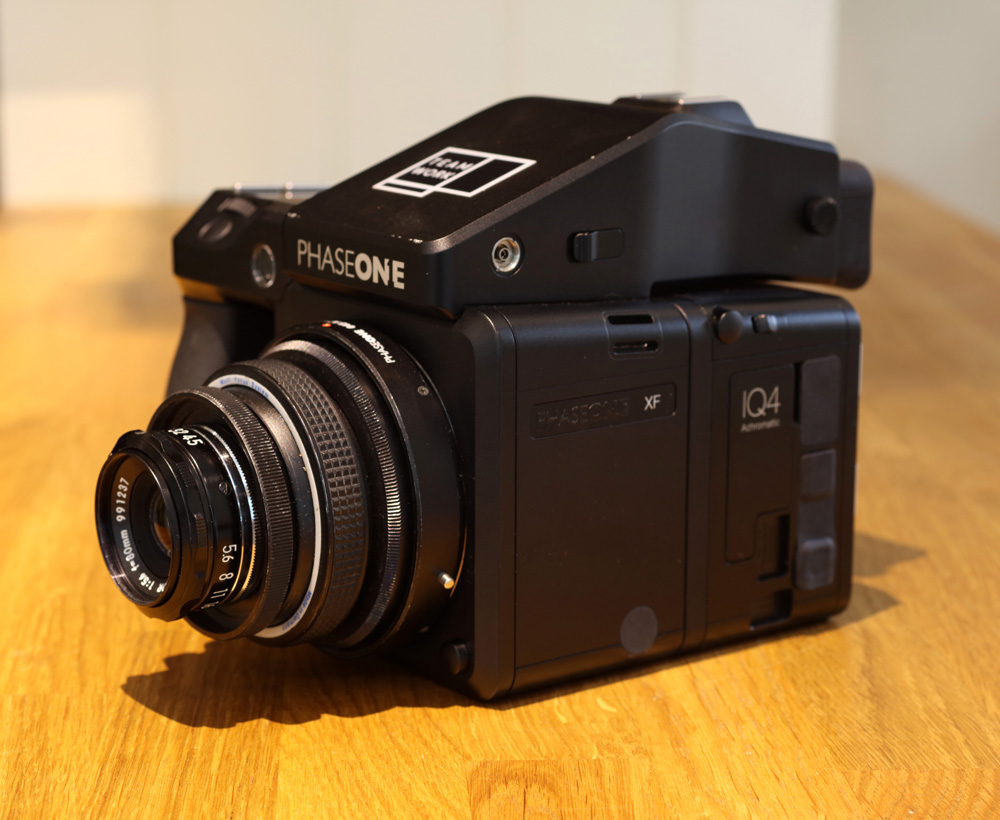
Mounting the enlarger lens was relatively straightforward – Teamwork provided me with an adapter to go from the Phase One XF body to Hasselblad, and then I had a Hasselblad to M39 adapter setup from Zörk which has a ball joint (for tilt work) and a helicoid (for focusing). A setup like this makes macro imaging nice and simple, and this older version of the El-Nikkor 80mm has good UV transmission as well.
Subject wise, I used some lovely flowers from my local florist – Tangerine and Green, Englefield Green – as I knew I could get some which would have nice UV signatures. Lighting was done using a single Bowens GM500 studio flash head with a quartz flash tube which I had custom made. Images were taken in the UV using a Baader U filter, and in visible light using a filter stack of Schott S8621 1.5mm and a 420nm longpass filter.
Firstly, a sunflower in UV.

The UV sunflower image shows the expected behaviour of the dark centre to the flower, and the dark inner parts of the petals. The image above is the full frame shot captured by the camera – no cropping. Obviously the image above has been reduced in resolution for sharing here. As an example of how much information there is in one of the images produced by this IQ4 back, take a look at the two images below.
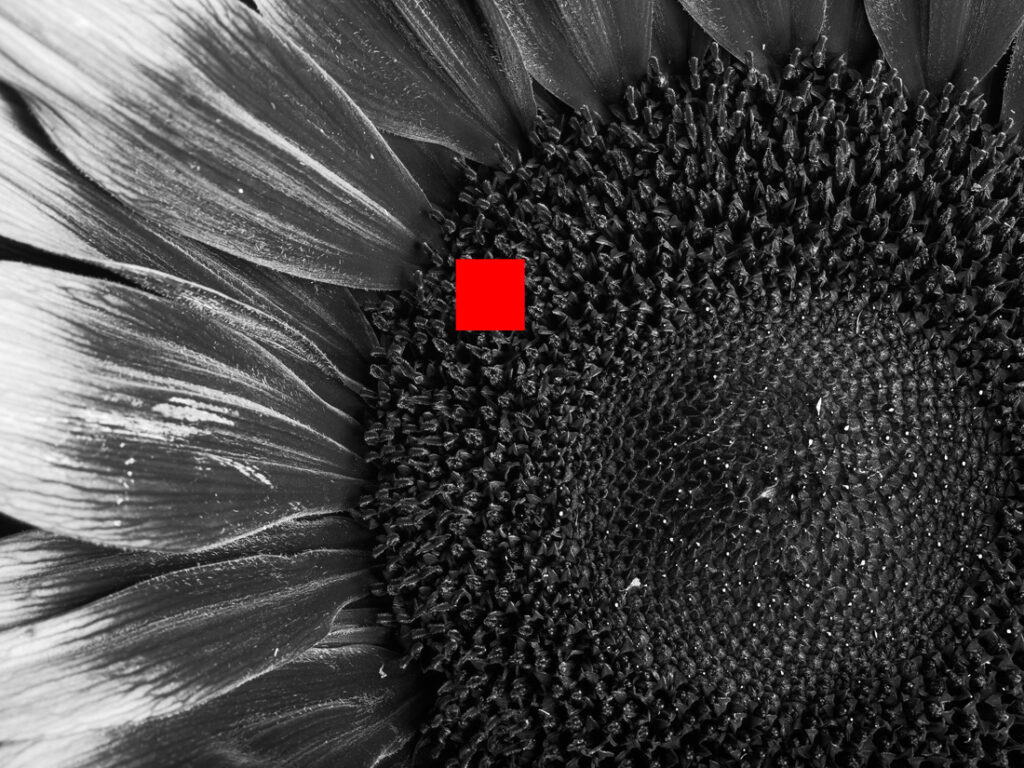
The images above shows the sunflower in UV again, this time with a red square that in the original full size photo would be 1000 x 1000 pixels. A crop showing this area in the original image resolution is shown below.
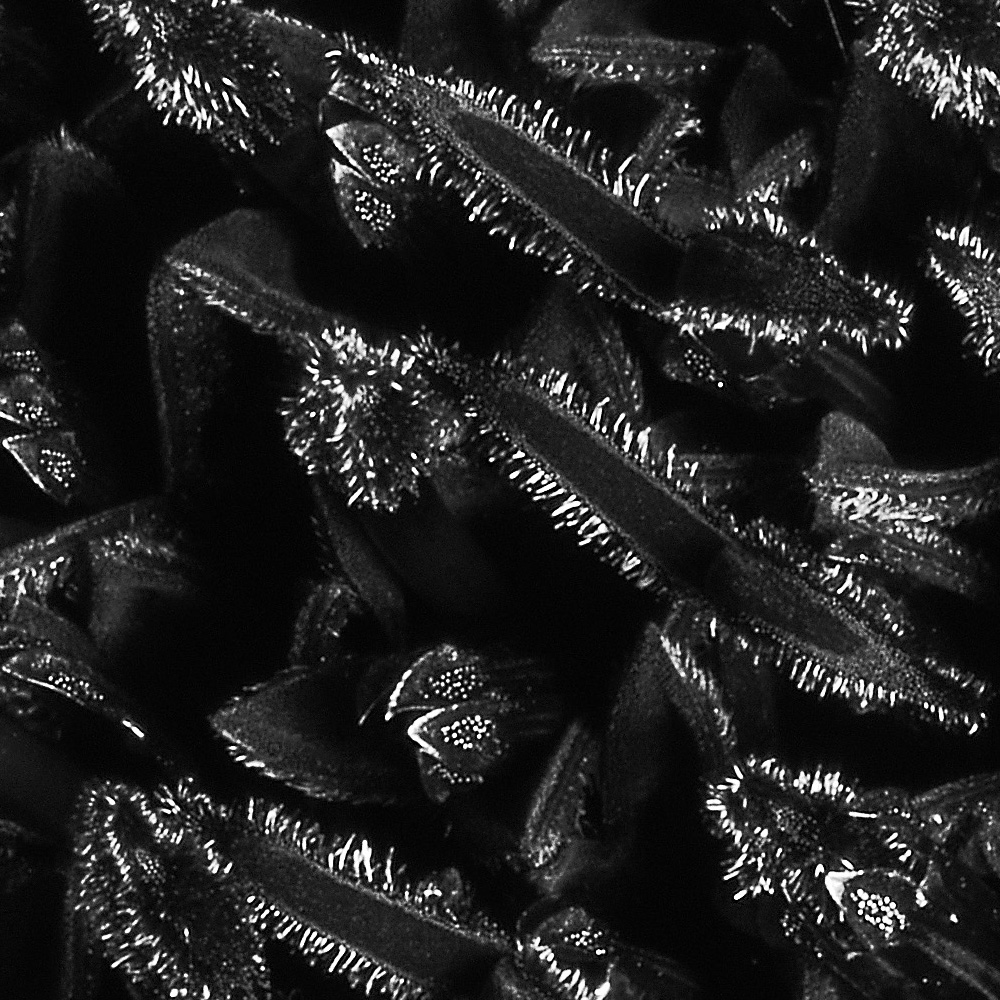
The amount of information contained within one of the images that the IQ4 back can produce is staggering. And keep in mind, I’m using an enlarger lens here, not one of the new lenses built for these cameras, so I doubt the resolution in my images is as good as what can be obtained.
The imaging setup for the flower close-ups is shown below along with a second flower that was imaged. I’ll be honest I’m not sure what this flower is (could be a Dahlia, however that is a bit of a guess), but it looked nice, and I thought it would make an interesting subject.
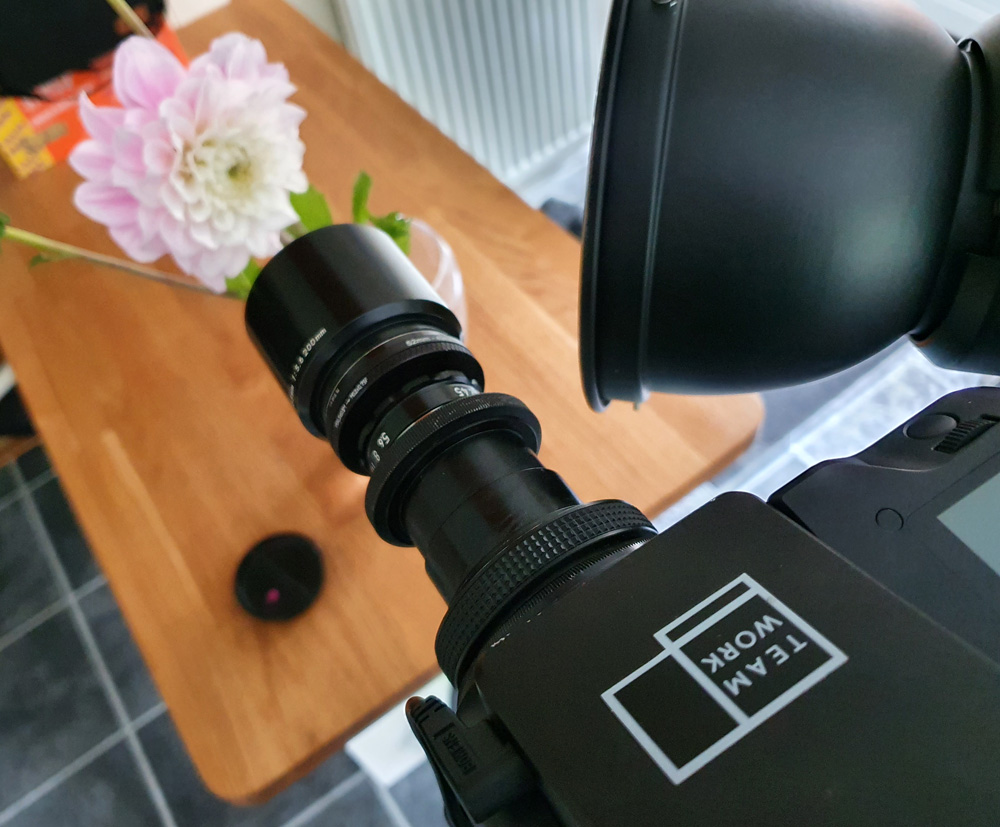
This is how the flower looked when imaged in visible light.
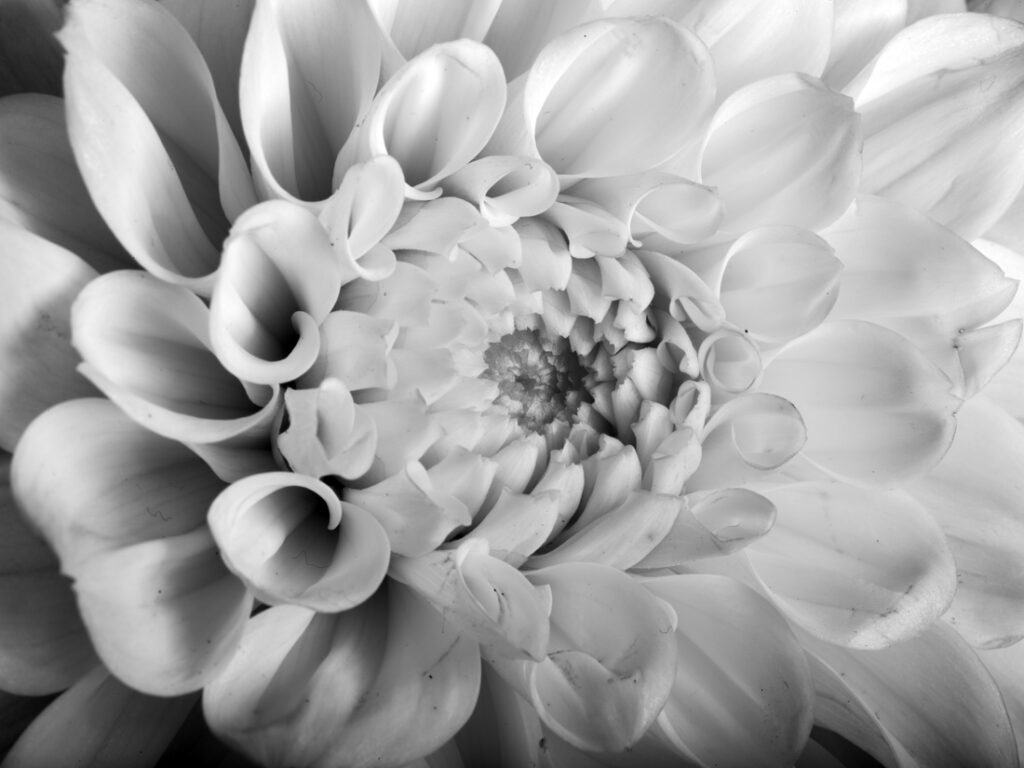
And now the same flower under UV light.

This flower looked very different under UV – it goes from being very pale in the visible spectrum to absorbing most of the UV light and looking almost black, apart from right in the centre.
Overall I was really impressed with the Phase One IQ4 Achromatic. There’s no doubting it is a premium product and it does come with a premium price tag, but the images it is capable of producing are certainly up there in terms of quality. Thanks again to the guys at Teamwork Digital Ltd for making this work possible, and to you for reading this. I will be sharing more images taken with this camera in future posts, including some Infrared ones, so check back in and see what else there is. If you’d like to know more about this or any other aspect of my work, I can be reached here.
